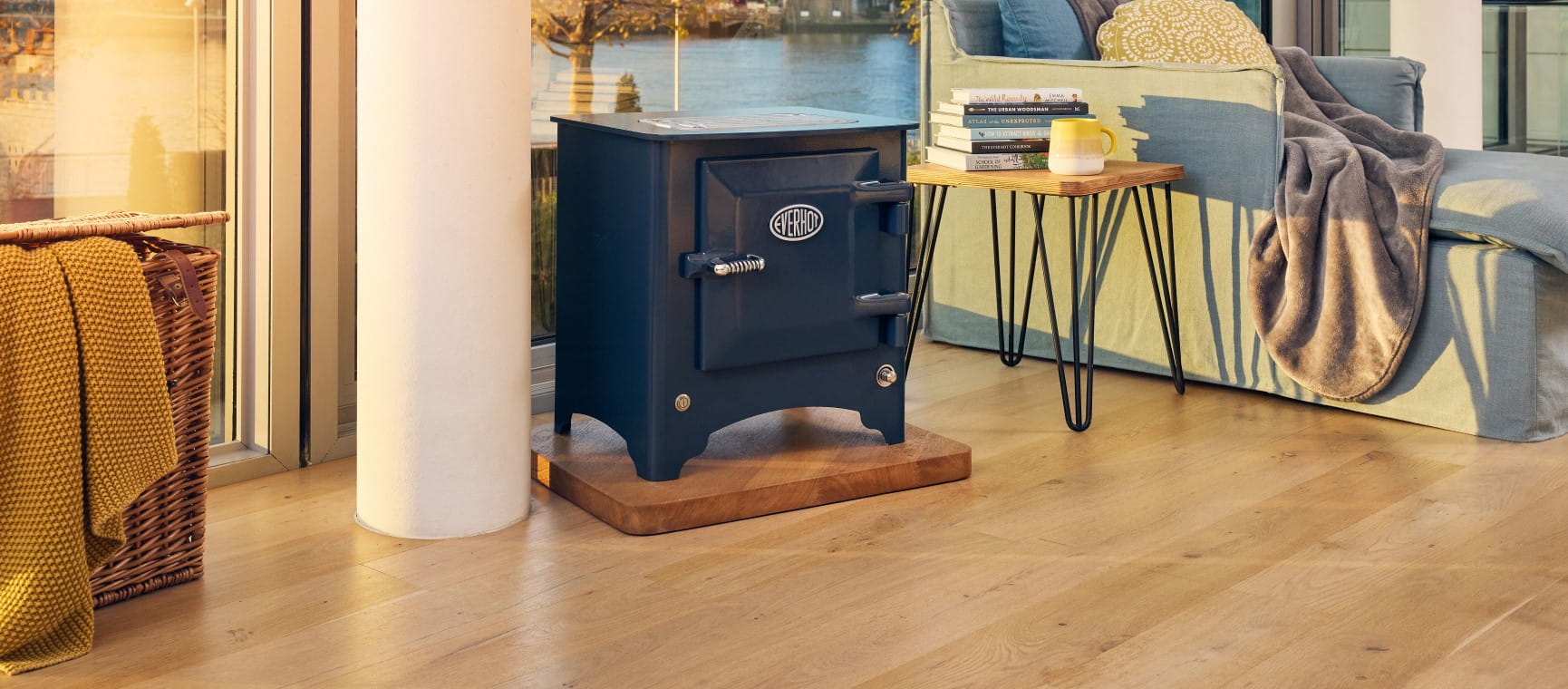
With the 10% rise in the Energy Price Cap and the loss of the Winter Fuel Payment for all but a few, the cost of keeping your home warm this winter is going to be a hotter topic than usual.
For the 74% of homes in England and Wales that use only gas central heating to keep their property warm, this will always be the more economical way of heating the whole house. It consistently works out at around a third of the cost of electricity to produce the same heat.
However, an electric heater can be worth considering for a room without a radiator or for an outbuilding, both of which would be prohibitively expensive to add to an existing central heating system.
An electric heater can also be a sensible option if you live alone and don’t need to heat the whole house at once – though adjustable valves that turn off individual radiators could work well here too.
Last year, I recommended such an appliance: Gloucestershire manufacturer Everhot’s glorious (though pricey at £1,225) 1.5Kw Electric Heater, which we bought as an greener alternative to a wood burner in an old cottage where there just isn’t room for a radiator.
The Everhot was a big success last winter as, with its 40kg of steel casing, it radiates heat even when the only moderately powerful heating element is on for half the time or less.
By making the most of relatively little electricity, modern electric heaters are surprisingly efficient, often burning no more than 750 or even 500 watts.
The old bar and fan heaters we grew up with to take the chill off icy bedrooms were often 2–3Kw and not designed for efficiency.
One of the new wave of more technologically advanced heaters comes from Poland, where they know about cold weather.
At £259.99, the stylish, ultra-thin Aeno Premium Eco Smart Heater is a beautifully made 700w heater that extracts the most from every watt by producing infrared and convection heat. It’s WiFi-connected and app-controlled, so you can make quite a study of getting the most heat for your money. It’s won multiple awards, too.
When you get down to 500w heaters that do a good job, you’re looking at ceramic technology. There are a lot of tiny unbranded models pushed on social media, often for a fancy price, but I’d recommend going with a respectable brand.
Russell Hobbs has a tiny plug-in one for £20–£25 (RHPH2001, available from Currys and other retailers), which is useful for small spaces.
Don’t forget more traditional types of modern electric heater, either. I bought a very efficient £27 thermostat-controlled convector from B&Q for my shed that ticks away on the 750w setting in the coldest of weather.
Finally, don’t discount oil-filled radiators, which may have been around a while but are still efficient and appropriately parsimonious.
An 800w model from a big name, Daewoo, costs around £24 from Amazon.
Jonathan Margolis is a London and New York-based technology journalist. He has a global following for his column Landing Gear in the online publication Air Mail, appears regularly on the BBC and other networks and has won several journalism awards.
View author page
Every issue of Saga Magazine is packed with inspirational real-life stories, exclusive celebrity interviews, brain-teasing puzzles and travel inspiration. Plus, expert advice on everything from health and finance to home improvements, to help you enjoy life to the full.
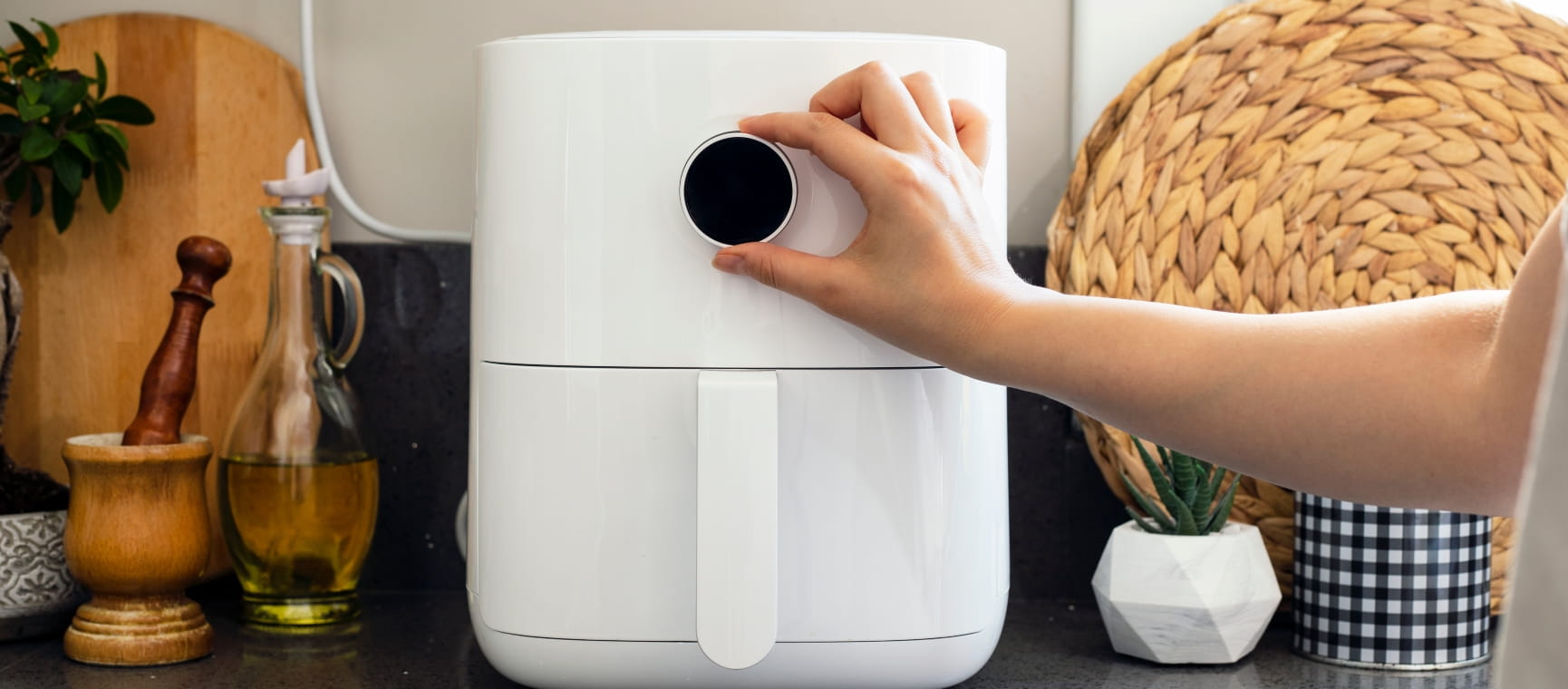
Home chefs are turning to their air fryer and slow cooker to save money on their energy bills. Which is cheaper to run?
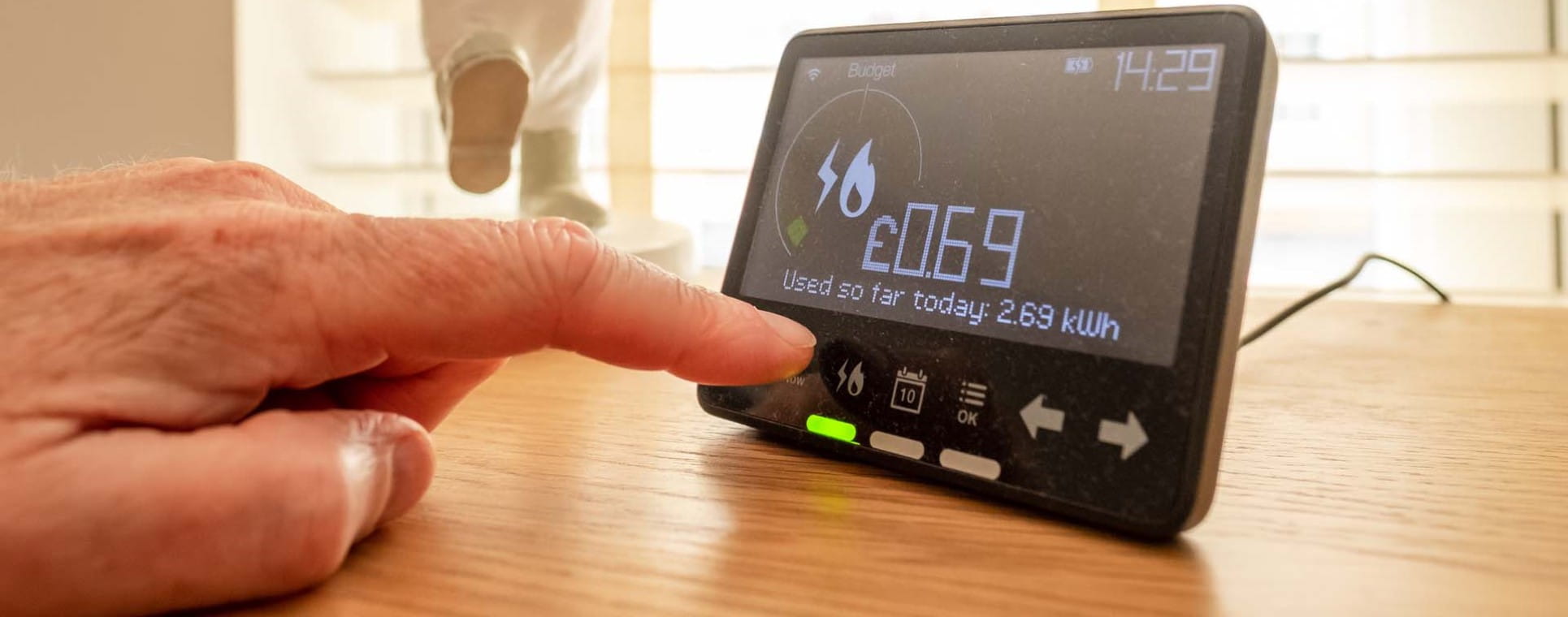
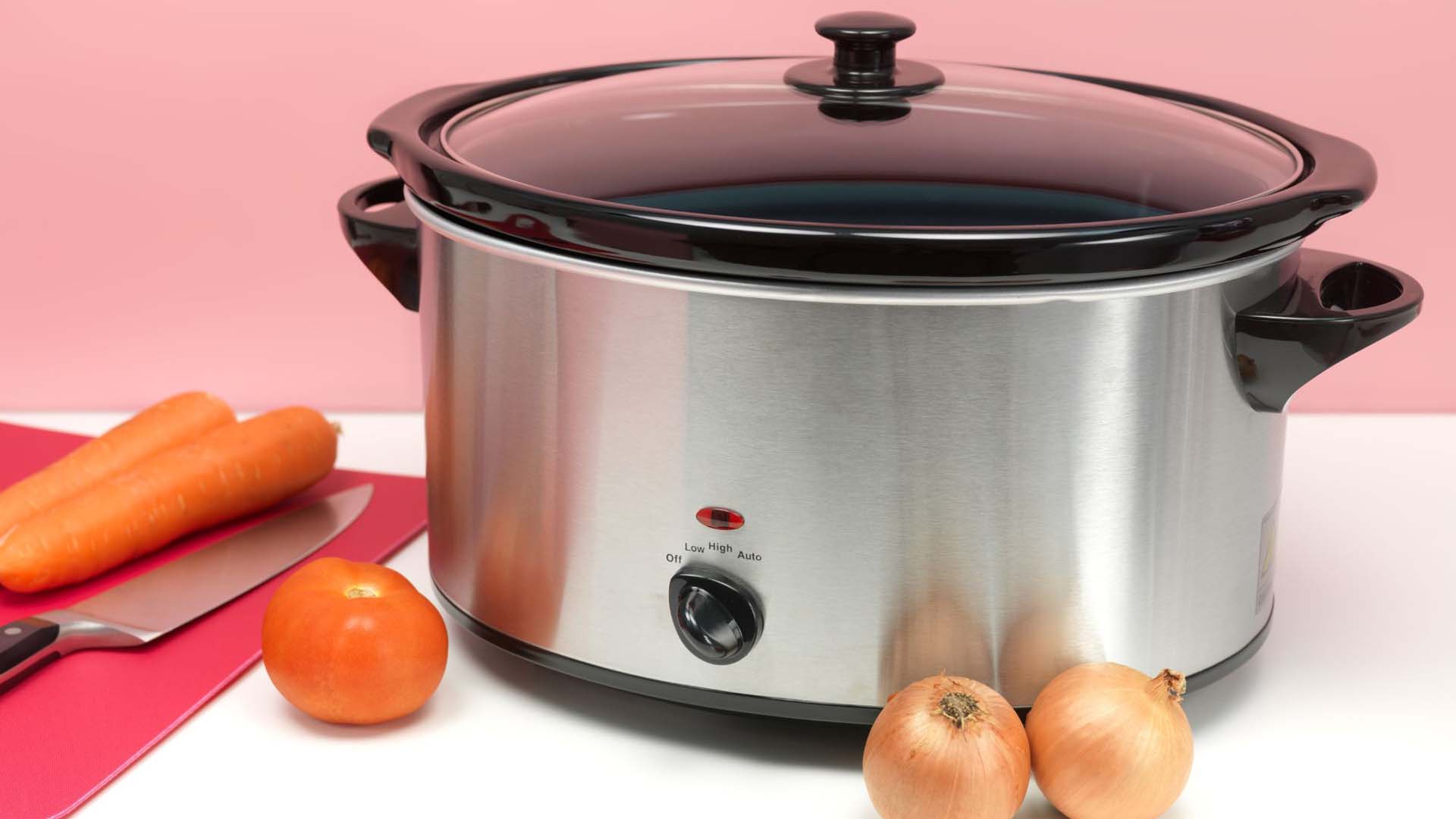
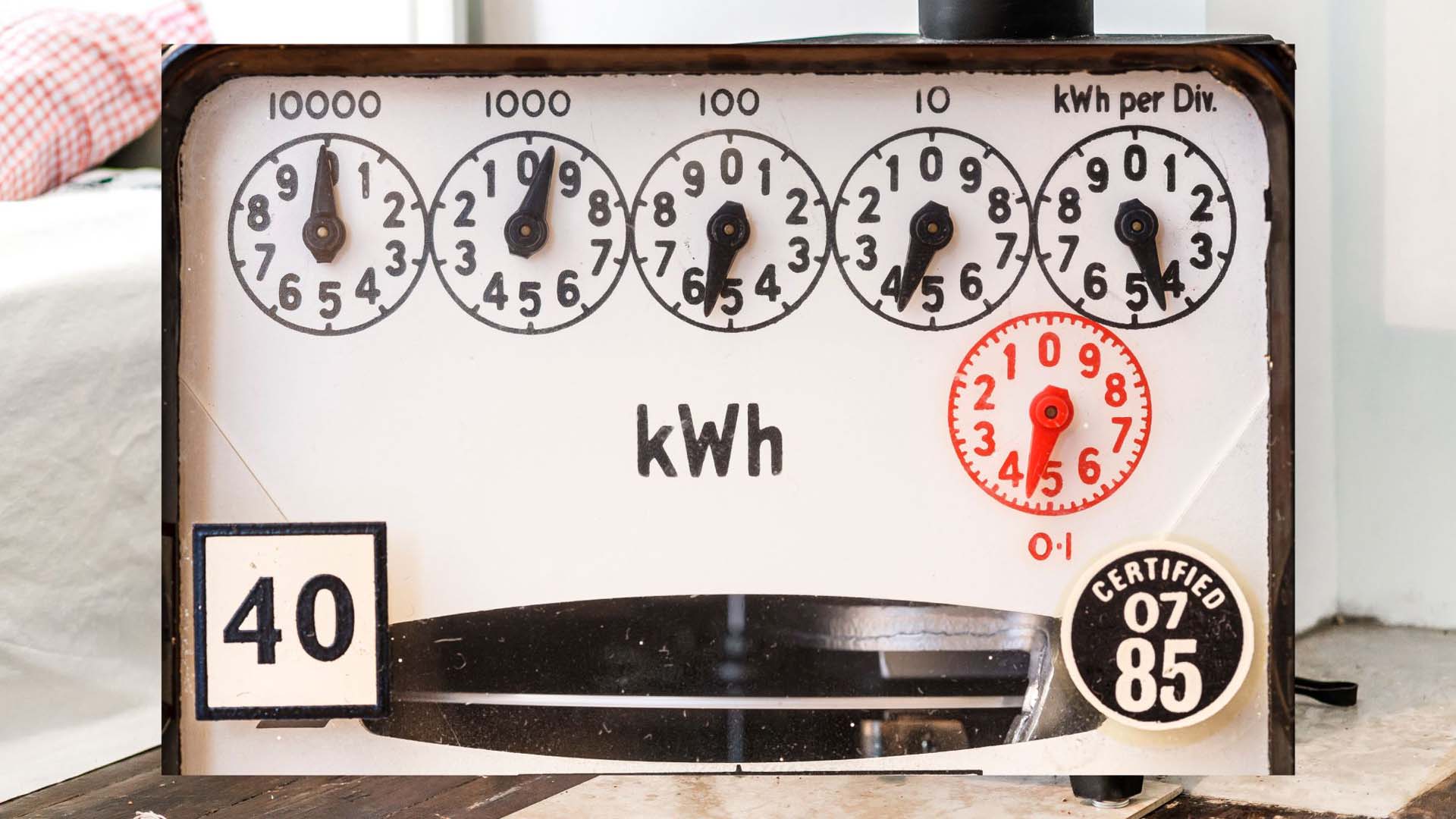
Find out if a smart meter offers you more benefits than your traditional energy meter.


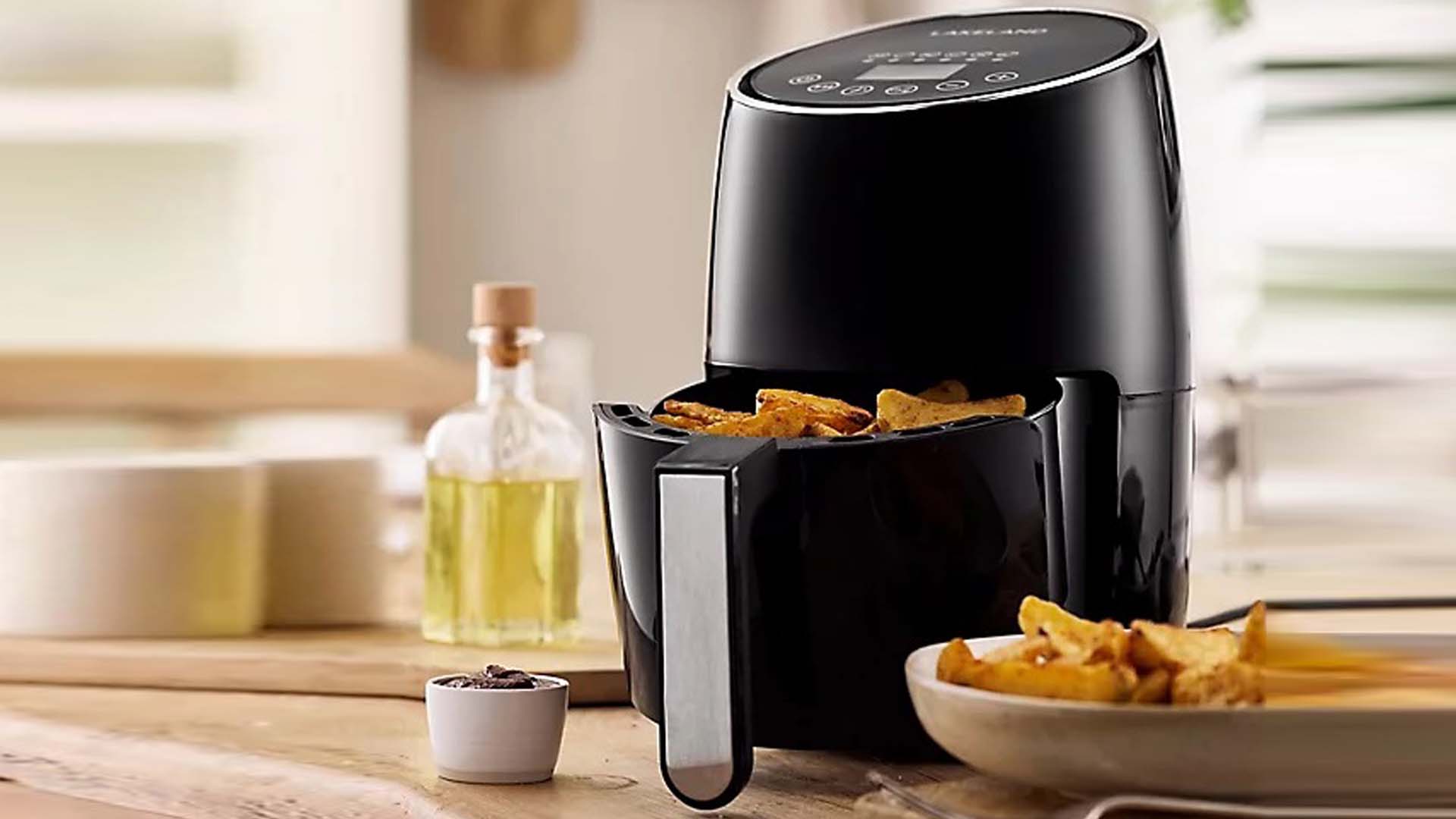
As well as being a healthy option, air fryers are said to save money – but in reality, how economical are they?
